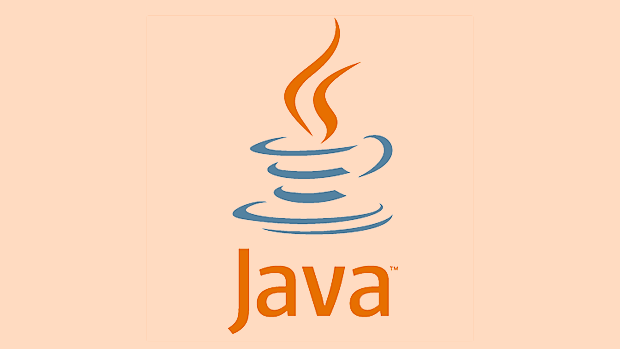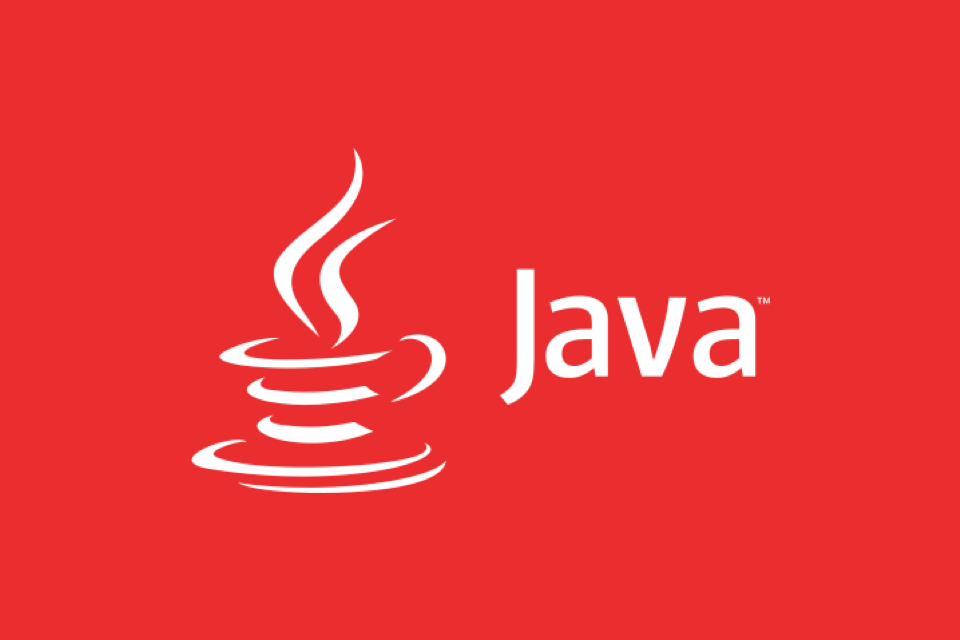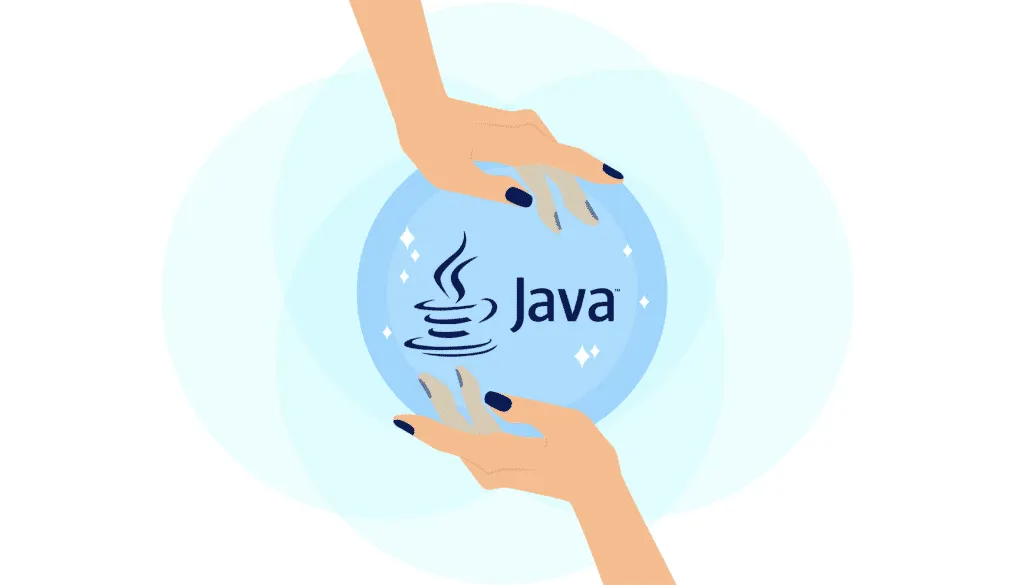Java JDBC: Connecting to Relational Databases
Jul 05, 2025 am 01:11 AMTo correctly connect to the database through JDBC, first introduce the driver package of the corresponding database, such as MySQL's mysql-connector-java; secondly, use the correct URL format, such as jdbc:mysql://localhost:3306/mydb, and pay attention to the correctness of parameters, hostname and port; then write code to obtain connections and handle exceptions, it is recommended to use configuration files to store username and password, and capture SQLException to provide meaningful prompts; finally be sure to close the connection resources, and it is recommended to use try-with-resources to automatically manage it. Follow these steps to effectively avoid common problems and ensure stable connections.

Connecting to a database is simple and simple, but when you really have to write code, many people will still be stuck with some details of JDBC. This article mainly talks about how to correctly connect to a relational database through JDBC with Java, focusing on processes and precautions.

Introducing the appropriate JDBC driver
JDBC itself is just an interface, and what really works is the driver implementation provided by various database manufacturers. So the first step is to make sure that your project has the corresponding database driver package.

For example, if you want to connect to MySQL, you need to add dependencies like this in the Maven project:
<dependency>
<groupId>mysql</groupId>
<artifactId>mysql-connector-java</artifactId>
<version>8.0.33</version>
</dependency>If you are using other databases, such as PostgreSQL or Oracle, remember to change to the corresponding driver name and version.

Notice:
- The driver version is best compatible with the JDK version you use.
- The drivers of some databases (such as Oracle) may not be in the central repository and need to be manually downloaded and installed to the local repository.
Connect to the database using the correct URL format
The JDBC URLs of each database are written slightly differently, and the format is usually as follows:
jdbc:<database type>://<hostname>:<port>/<database name>? Parameters
For example, the connection string of MySQL may be:
String url = "jdbc:mysql://localhost:3306/mydb?useSSL=false&serverTimezone=UTC";
Common pitfalls:
- Forgot to add parameters such as
?useSSL=false, resulting in the connection failure; - The host name or port is written incorrectly, especially the remote database;
- The database service is not started, or the firewall does not open the corresponding port.
Get the connection and handle the exception
The typical code structure for connecting to a database is as follows:
Connection conn = null;
try {
conn = DriverManager.getConnection(url, username, password);
// Perform database operations...
} catch (SQLException e) {
e.printStackTrace();
// Handle exceptions, such as prompting the user to check the network or configuration}Several suggestions:
- Do not hard-code usernames and passwords in the code, you can use configuration files or environment variables;
- It is safer to automatically close resources using try-with-resources (Java 7);
- Be careful to catch SQLException and give meaningful error prompts instead of throwing the stack directly.
Close the connection and don't let the resource leak
Many people just focus on opening the connection and forget to close it. This will cause the connection pool to run out and even the database to crash.
The connection should be closed in order after use:
- ResultsSet
- Statement / PreparedStatement
- Connection
The recommended method is to automatically close it in try-with-resources, for example:
try (Connection conn = DriverManager.getConnection(url, username, password);
Statement stmt = conn.createStatement();
ResultSet rs = stmt.executeQuery("SELECT * FROM users")) {
while (rs.next()) {
System.out.println(rs.getString("name"));
}
} catch (SQLException e) {
e.printStackTrace();
}This will prevent you from forgetting to close the resources and will be simpler.
Basically that's it. Although JDBC is original, it is still useful in many scenarios. Mastering the basic process and common problems can help you avoid many pitfalls.
The above is the detailed content of Java JDBC: Connecting to Relational Databases. For more information, please follow other related articles on the PHP Chinese website!

Hot AI Tools

Undress AI Tool
Undress images for free

Undresser.AI Undress
AI-powered app for creating realistic nude photos

AI Clothes Remover
Online AI tool for removing clothes from photos.

Clothoff.io
AI clothes remover

Video Face Swap
Swap faces in any video effortlessly with our completely free AI face swap tool!

Hot Article

Hot Tools

Notepad++7.3.1
Easy-to-use and free code editor

SublimeText3 Chinese version
Chinese version, very easy to use

Zend Studio 13.0.1
Powerful PHP integrated development environment

Dreamweaver CS6
Visual web development tools

SublimeText3 Mac version
God-level code editing software (SublimeText3)

Hot Topics
 How to use PHP database connection to implement paging query
Sep 08, 2023 pm 02:28 PM
How to use PHP database connection to implement paging query
Sep 08, 2023 pm 02:28 PM
How to use PHP database connection to implement paging query. When developing web applications, it often involves the need to query the database and perform paging display. As a commonly used server-side scripting language, PHP has powerful database connection functions and can easily implement paging queries. This article will introduce in detail how to use PHP database connection to implement paging query, and attach corresponding code examples. Prepare the database Before we start, we need to prepare a database containing the data to be queried. Here we take the MySQL database as an example,
 Advanced PHP database connections: transactions, locks, and concurrency control
Jun 01, 2024 am 11:43 AM
Advanced PHP database connections: transactions, locks, and concurrency control
Jun 01, 2024 am 11:43 AM
Advanced PHP database connections involve transactions, locks, and concurrency control to ensure data integrity and avoid errors. A transaction is an atomic unit of a set of operations, managed through the beginTransaction(), commit(), and rollback() methods. Locks prevent simultaneous access to data via PDO::LOCK_SHARED and PDO::LOCK_EXCLUSIVE. Concurrency control coordinates access to multiple transactions through MySQL isolation levels (read uncommitted, read committed, repeatable read, serialized). In practical applications, transactions, locks and concurrency control are used for product inventory management on shopping websites to ensure data integrity and avoid inventory problems.
 Common database connection and data reading and writing problems in C#
Oct 10, 2023 pm 07:24 PM
Common database connection and data reading and writing problems in C#
Oct 10, 2023 pm 07:24 PM
Common database connection and data reading and writing problems in C# require specific code examples. In C# development, database connection and data reading and writing are frequently encountered problems. Correct handling of these problems is the key to ensuring code quality and performance. This article will introduce some common database connection and data reading and writing problems, and provide specific code examples to help readers better understand and solve these problems. Database connection issues 1.1 Connection string errors When connecting to the database, a common error is that the connection string is incorrect. The connection string contains the connection to the database
 Why does my PHP database connection fail?
Jun 05, 2024 pm 07:55 PM
Why does my PHP database connection fail?
Jun 05, 2024 pm 07:55 PM
Reasons for a PHP database connection failure include: the database server is not running, incorrect hostname or port, incorrect database credentials, or lack of appropriate permissions. Solutions include: starting the server, checking the hostname and port, verifying credentials, modifying permissions, and adjusting firewall settings.
 How to connect to and operate databases and handle SQL queries
Aug 02, 2023 am 09:06 AM
How to connect to and operate databases and handle SQL queries
Aug 02, 2023 am 09:06 AM
How to connect and operate the database and process SQL queries. In the process of developing applications, database connection and operation are a very important part. Database is an important tool for storing and managing data, and SQL (StructuredQueryLanguage) is a standard language for querying and operating databases. In this article, we will learn how to connect to and operate a database and show some code examples for handling SQL queries. Connect to the database: First, we need to connect to the database to proceed
 WordPress database connection error solution revealed
Mar 05, 2024 pm 01:42 PM
WordPress database connection error solution revealed
Mar 05, 2024 pm 01:42 PM
WordPress is currently one of the most popular website building platforms in the world, but during use, you sometimes encounter database connection errors. This kind of error will cause the website to be unable to be accessed normally, causing trouble to the website administrator. This article will reveal how to solve WordPress database connection errors and provide specific code examples to help readers solve this problem more quickly. Problem Analysis WordPress database connection errors are usually caused by the following reasons: Incorrect database username or password data
 How to configure database connection in mybatis
Jan 15, 2024 pm 02:12 PM
How to configure database connection in mybatis
Jan 15, 2024 pm 02:12 PM
How to configure database connection in mybatis: 1. Specify the data source; 2. Configure the transaction manager; 3. Configure the type processor and mapper; 4. Use environment elements; 5. Configure aliases. Detailed introduction: 1. Specify the data source. In the "mybatis-config.xml" file, you need to configure the data source. The data source is an interface, which provides a database connection; 2. Configure the transaction manager to ensure the normality of database transactions. For processing, you also need to configure the transaction manager; 3. Configure the type processor and mapper, etc.
 The first step in learning Go language: how to implement database connection and operation
Jan 23, 2024 am 08:10 AM
The first step in learning Go language: how to implement database connection and operation
Jan 23, 2024 am 08:10 AM
Learn Go language from scratch: How to implement database connection and operation, specific code examples are required 1. Introduction Go language is an open source programming language, developed by Google, and widely used to build high-performance, reliable server-side software . In Go language, using a database is a very common requirement. This article will introduce how to implement database connection and operation in Go language, and give specific code examples. 2. Choose the appropriate database driver. In the Go language, there are many third-party database drivers to choose from, such as My






